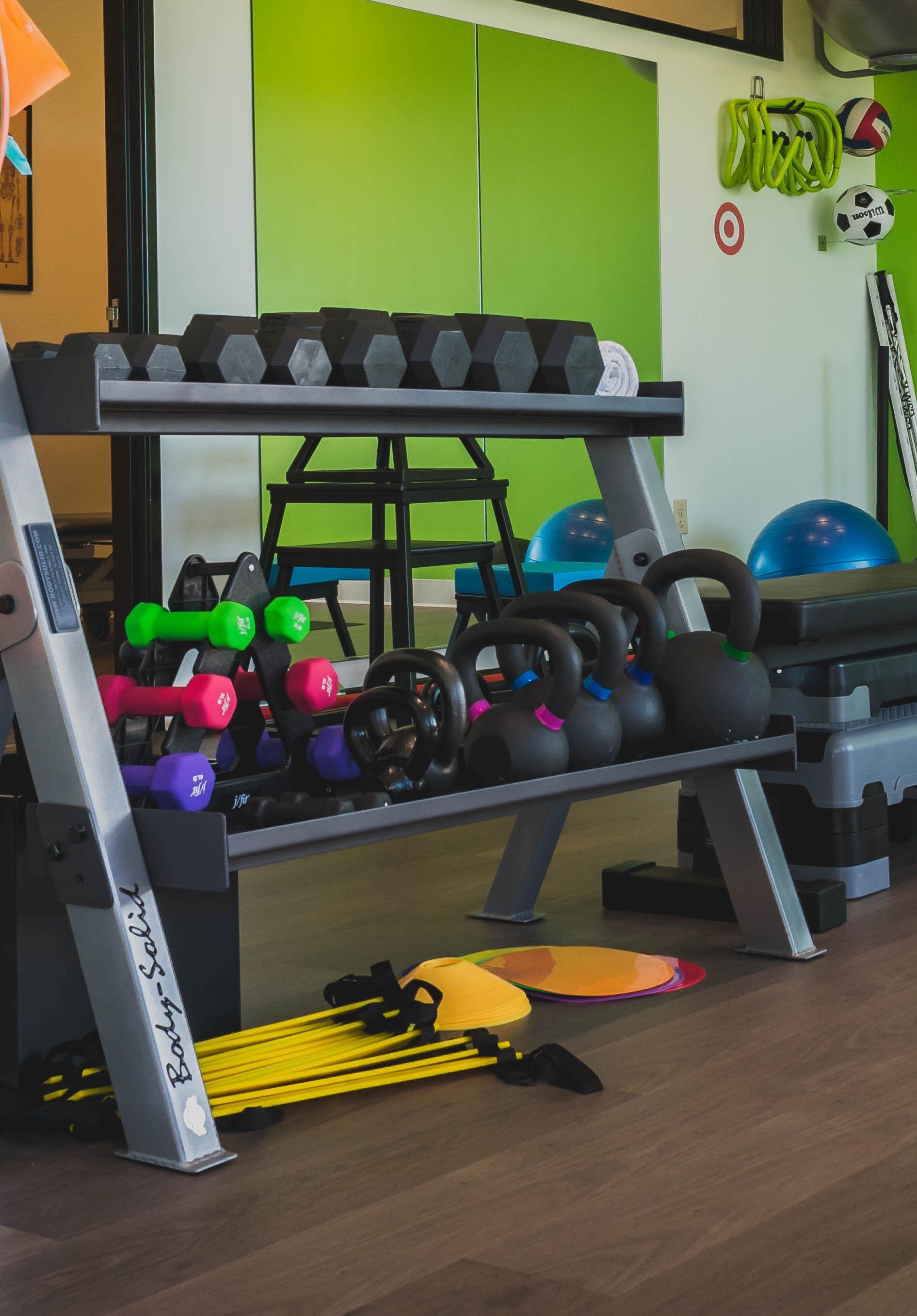Back Pain
Back Pain Treatment
Back pain is one of the leading causes of disability worldwide. Though the back is composed of a complex structure of bones, joints, ligaments, and muscles that embody the cervical, thoracic, lumbar, and sacral regions of the spine, the majority of common back pain is actually quite preventable by maintaining proper posture. Unfortunately, many of those who spend their workdays in the sitting position often fall victim to feelings of spinal and back pain. As anyone who suffers from back pain can tell you, the symptoms of stiffness, aches, and sharp pains can be quite debilitating and can spread all across your back, including the neck and shoulders. When pain in the back is present, it’s important to first pinpoint the source and reason for the pain.
Where is My Back Pain Coming From?
While back pain can stem from serious issues like disease, infections, arthritis, or fractures, many people come to find that their back pain is a result of other factors like genetic issues, weak core stability, improper postural techniques, or occupational demands like consistently sitting in one place. Generally, the lower back is the area of the spine that elicits the most symptoms of pain. Posture is important to consider when addressing the source of back pain as improper posture due to poor spinal alignment commonly causes the lower back to compensate while taking on a heavier load. This misalignment can potentially place more strain on the upper back as well as along the neck region. As a result, patients suffer symptoms of aching, stiffness, sharp pains, deep and dull aches, and pain when moving, bending, sitting, or after standing for long periods of time.

When Should I Seek Treatment for Back Pain?
If you’re unable to sit comfortably throughout your workday or if you have a hard time sitting or standing for sustained periods of time, you should definitely seek the opinion of a medical professional. When back pain begins to interfere with normal, daily activities, it’s important to seek treatment before the symptoms get any worse.
How Can Physical Therapy Help With Back Pain?
Your physical therapist can not only help you to determine the source of your back pain but they’ll also work to design a physical therapy back pain treatment plan that incorporates your daily postural habits. They’ll treat any restrictions and correct any misalignments in the spine while reducing and/or eliminating the risk of future pain. Since most cases of back pain are non-organic, diagnostic imaging techniques such as an X-ray or an MRI scan make it difficult to locate the problem areas. For example, if you experience chronic lower back pain on a daily basis, you may have increased stress applied to the muscles along your lumbar spine. This excessive stress can lead to inflammation, tightness, and strains around the muscles that surround your spine, problems that are difficult to detect on a scan. Most cases of back pain need to be treated by using a full-body approach to find the source of pain. Your physical therapist may also incorporate other key factors into your treatment, such as:
- Manual Therapy used as both an assessment tool and a treatment technique. After pinpointing any misalignments in the spine, your physical therapist will release any restrictions in the muscles using specific, hands-on techniques including soft tissue and joint mobilizations and direct manipulations to specific areas.
- Movement Assessment to analyze the ways in which your body rotates, flexes, and moves throughout specific postures. They’ll assess overall spinal endurance and strength to understand how your body is able to maintain postural alignment and to pinpoint any areas of weakness.
- Strength and Postural Training to correct maladaptive posturing and aid in the development of better spine alignment. They’ll take into account your daily habits and physical activities to design a treatment plan based on your specific body and goals.
Physical therapists can provide the necessary tools to prevent and/or treat back pain and improve your posture, allowing you to return to your favorite activities pain-free and better than ever! To learn more about how to prevent back pain injuries or to eliminate any current discomfort, book a physical therapy assessment today.